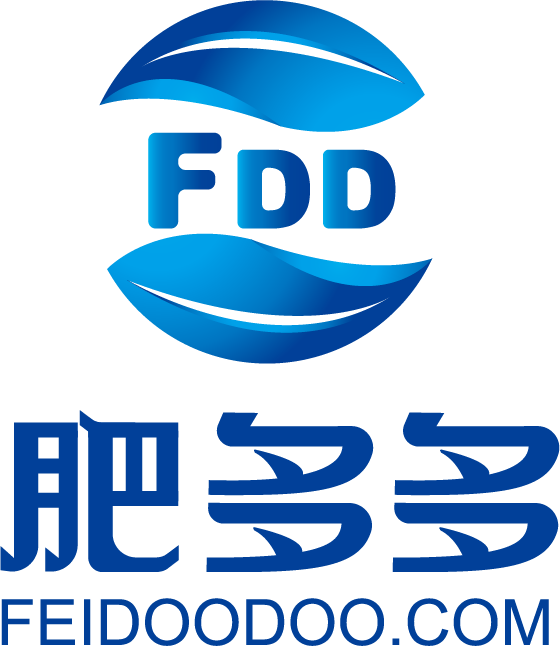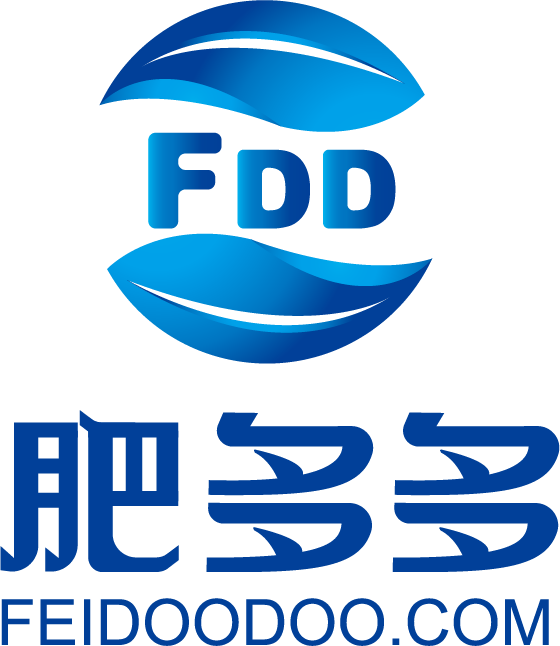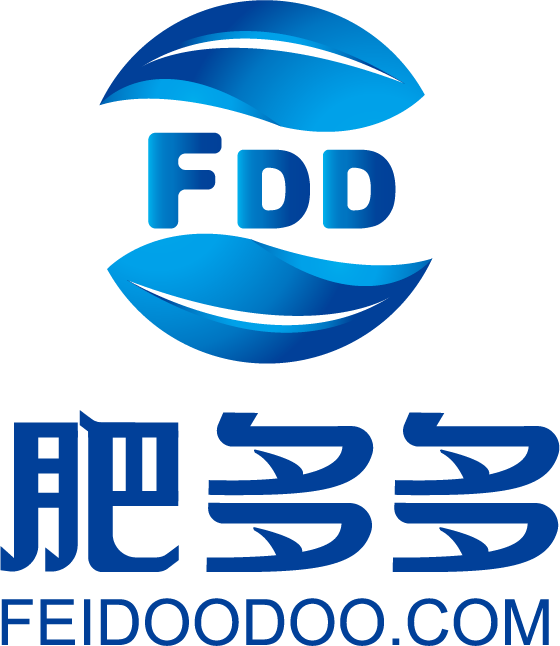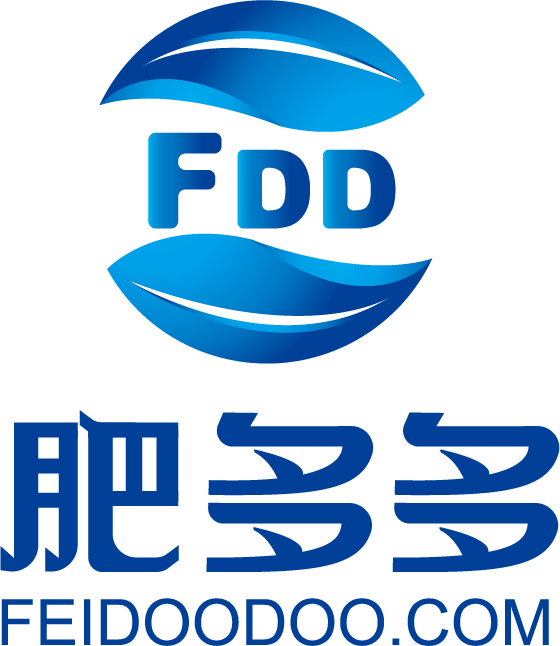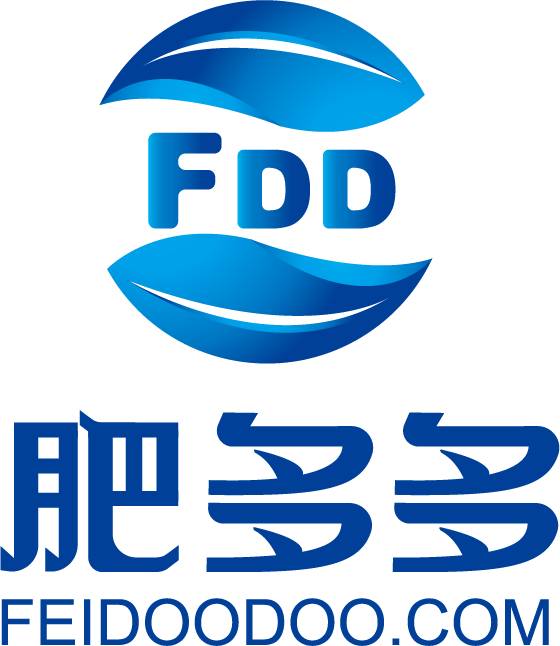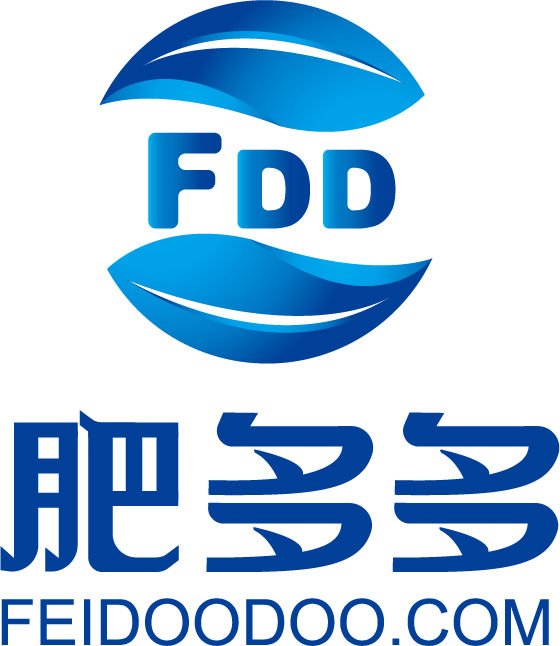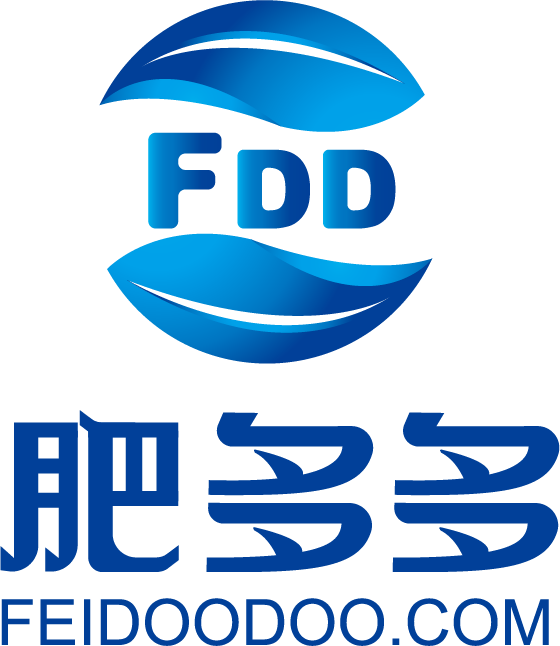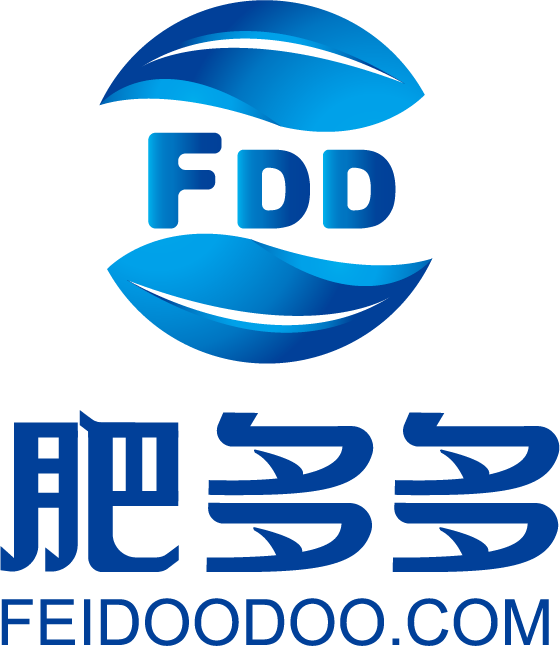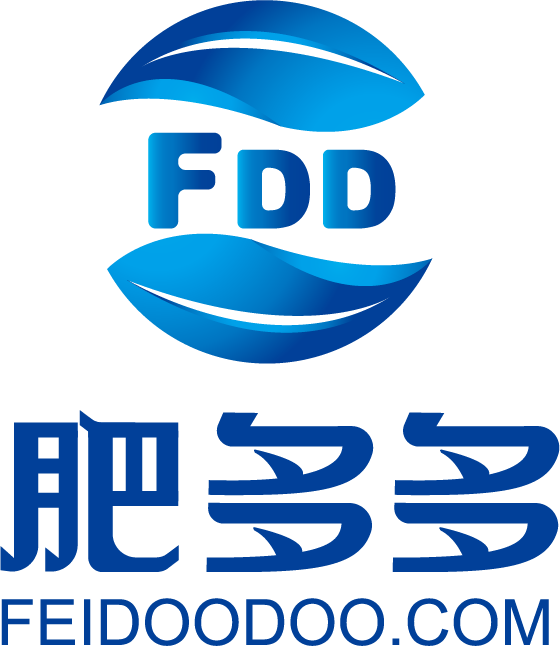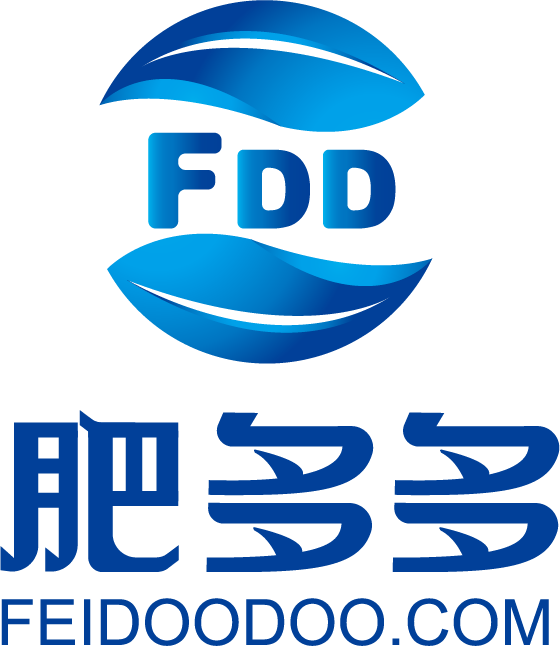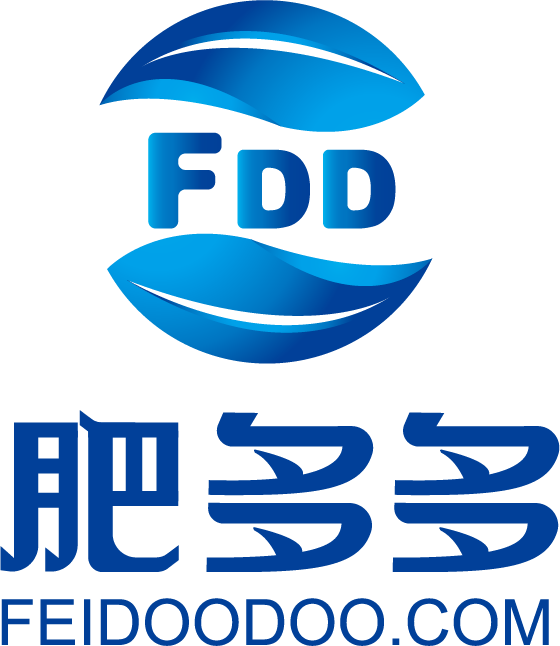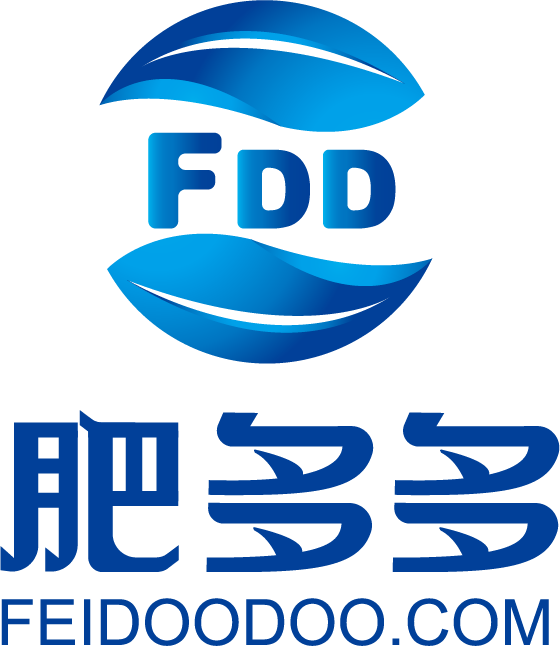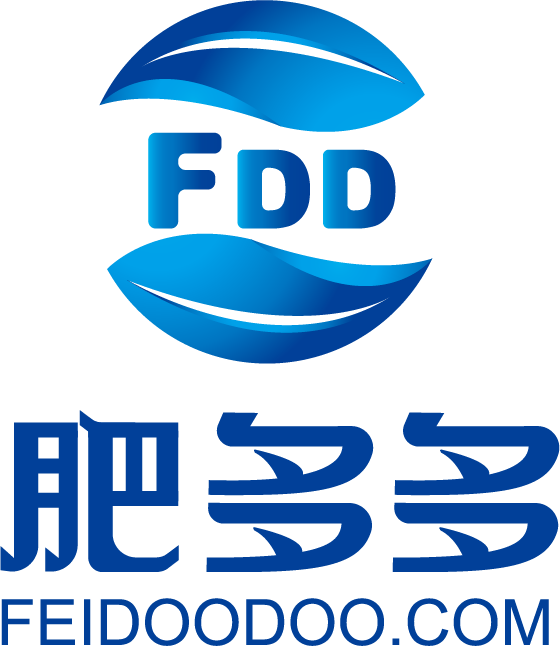- On October 25th, the domestic monoammonium and diammonium phosphate markets showed stability in prices. Companies remain optimistic with firm market quotations and a clear intention to raise prices for monoammonium phosphate. The diammonium phosphate market sees a consolidation in prices, with companies completing most of their previous orders and focusing on export orders. With the costs of diammonium phosphate remaining high and a steady increase in agricultural demand, prices are expected to continue their stable trend in the short term.
- On October 25th, the domestic urea small granule price index stood at 2513.45, showing a decline. The urea futures market indicated a slight increase, with the UR2401 contract closing at 2226. The spot market saw varied price adjustments across different regions. With the onset of winter, market demand is weakening, and high current prices have not attracted downstream merchants to stock up. Given the limited participation in exports and the weakening of export support, urea prices are expected to continue their downward trend. The overall urea market is expected to remain weak in the short term.
- In September 2023, China's imports of synthetic ammonia stood at 33,700 tons, with an average price of $378.35/ton, while exports were 8,100 tons at an average price of $409.14/ton. From January to September, the cumulative import and export volumes were 591,000 tons and 160,800 tons, respectively. Saudi Arabia and Indonesia were the main import sources, while South Korea and Vietnam were the primary export destinations.
- The analysis of China's phosphate fertilizer imports and exports in September 2023 reveals significant trends. Monoammonium phosphate (MAP) exports saw a substantial year-on-year and month-on-month decrease, while Diammonium phosphate (DAP) exports experienced a year-on-year decline but a month-on-month increase. The cumulative totals for both MAP and DAP exports grew significantly in the first nine months of 2023 compared to the previous year. Imports of both MAP and DAP showed remarkable fluctuations in quantities and prices. These insights provide valuable information on China's phosphate fertilizer trade dynamics.
- The domestic phosphate fertilizer market, specifically phosphate ammonium and phosphate diammonium, has shown varying price trends. Phosphate ammonium prices have been on the rise, supported by businesses with pending shipments, declining supply, and positive sentiment. On the other hand, phosphate diammonium prices have remained steady, buoyed by cost support and pending shipments, despite overall weak demand. Both segments of the market are expected to continue trading in their respective patterns in the short term.
- The domestic urea market witnessed a decline in prices, attributed to unclear export prospects and stagnant market sentiment. Prices in various regions adjusted accordingly. Businesses began to show shipment intentions, but the market remained in a deadlock due to pending orders from most enterprises. With abundant supply and growing apprehension among downstream buyers regarding high prices, the market is experiencing a slowdown in new order transactions. Given these factors and the lack of clear export news, the urea market is expected to witness a slowdown in price increases.
- The domestic MAP market prices remained steady on October 23, supported by pending shipments from companies and a stable raw phosphate rock price. With ongoing demand in the Northeast and reduced supplies, a short-term upward trend in MAP prices is expected. On the other hand, the DAP market was largely stable, dealing with prior exports and pending orders. Despite a slight increase in the price of synthetic ammonia, the overall demand is weak and the market is in a wait-and-see state. It's forecasted that DAP prices will remain stable in the short term.
- The domestic urea price index rose to 2530.73 on October 23. Urea futures also experienced fluctuations, with the UR2401 contract closing at 2209, a decrease of 2.86% from the previous trading day. In the spot market, influenced by the high marking prices in India, urea prices continued their upward trend in various regions. The forecast indicates that with the support of positive marking and increasing supply, there's still an upward potential in the urea market. However, there might be a potential slowdown in purchases in the coming period.
- This week, supported by high raw material prices and pending shipments, phosphate fertilizer prices remained stable. The market price for monoammonium phosphate showed a slight increase, while that for diammonium phosphate remained steady. Both fertilizers saw a decrease in their respective industry operation rates, though they still remained higher compared to the previous year. The weekly production of both fertilizers decreased but remained higher year-on-year. Port inventories for monoammonium phosphate surged, while those for diammonium phosphate remained stable.
- The urea market saw continued price increases this week, influenced by favorable order intakes from the previous week and the imminent marking bid. The average price index for domestic small particle urea increased by 0.23%. The domestic urea output and the startup rate of the urea industry experienced slight fluctuations. Meanwhile, the compound fertilizer market showed signs of softening, while the melamine market displayed a bullish trend. On the international front, FOB prices saw minor adjustments. Looking ahead, factors such as supply, maintenance, inventory, and demand will play crucial roles in shaping the urea market's trajectory.
- On the opening day of the 3rd Belt and Road International Cooperation Summit, Russian President Vladimir Putin arrived in China and the two countries signed their largest-ever food supply contract, valued at 2.5 trillion rubles or over 180 billion yuan. The 12-year agreement will see Russia supply China with 70 million tons of grains, legumes, and oilseeds. This move aims to normalize Russia's export structure within the Belt and Road Initiative and compensate for export losses towards Ukraine. The contract is significant for both nations, especially given China's need for food security and Russia's export challenges due to Western sanctions.
- Phosphate Fertilizer Daily Review: Downstream Demand Weak, Phosphate Fertilizer Prices Remain StrongThe report reviews the phosphate fertilizer market in China as of October 19. It indicates that both MAP and DAP markets are stable. The supply of MAP is low, while that of DAP is expected to continue to shrink. Both markets are supported by pending orders from companies. However, downstream demand is weak, leading to limited new orders. Prices for both MAP and DAP are expected to remain stable in the short term.
- The report reviews the urea market in China as of October 19. It mentions that the price index for small granule urea increased slightly, with the futures market showing a substantial rise. Prices across various regions are largely stable or trending upwards. The report suggests that low inventory levels and upcoming tenders are providing support for current price levels. A cautious purchasing sentiment exists due to high prices. The market is expected to remain stable in the short term.
- On October 18th, the urea small granule price index experienced a slight rise, according to FertilizerMall data. The domestic urea futures and spot markets saw varied price movements, with certain regions witnessing price adjustments. Despite an ample supply and positive sentiments among manufacturers, downstream demand remains subdued, mainly due to high prices and limited agricultural requirements. Supported by Shanxi's production constraints and labeling news, the urea market is expected to maintain its current status in the short term.
- The domestic monoammonium phosphate market saw a slight price decrease, with companies focusing on fulfilling prior orders and few new orders being concluded. Supply has seen potential reductions due to planned production cuts by some companies. Meanwhile, the diammonium phosphate market experienced a price increase, with reduced supply due to a drop in the start-up rate of production. While companies maintain export and pending orders, the downstream market remains cautious. Overall, both markets are expected to remain stable in prices in the short term.
- Mall
- Supermarket
- Supplier
- Integrated logistics
- Warehousing
- Transaction Services
- Expo Services

